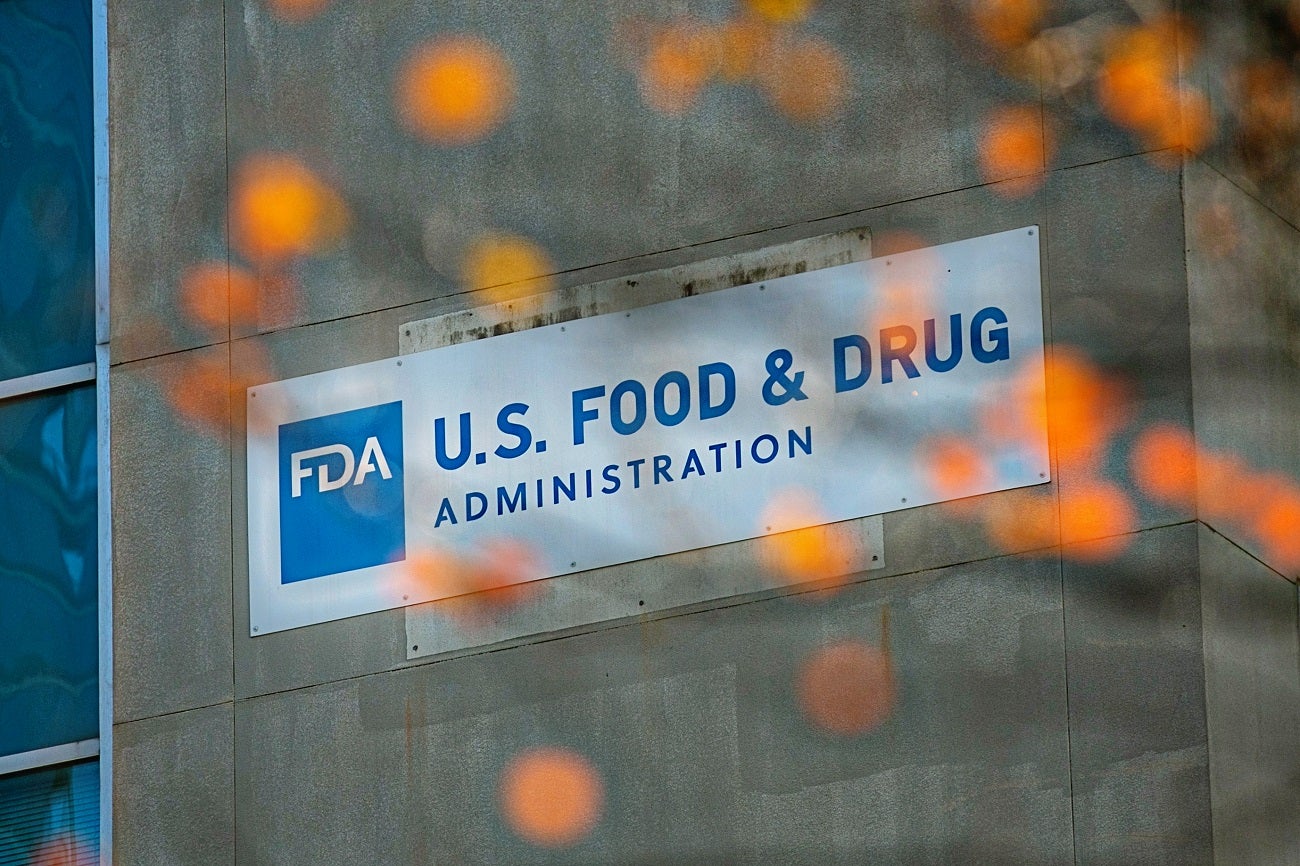
The US Food and Drug Administration (FDA) released final guidance last week about its new, voluntary Safer Technologies Program (STeP). Modelled after the Breakthrough Devices Program, STeP is targeted at medical devices and device-led combo products seeking premarket approval (PMA), 501(k) premarket notification or a De Novo classification request.
Unlike Breakthrough, which aims to assist in the approval of products which provide more effective treatment or diagnosis of life-threatening or irreversibly debilitating diseases, STeP targets products which aim to treat less serious, non-life threatening ailments. To be eligible for STeP, the product in question must significantly improve the safety of a currently available treatment or diagnostic for an underlying condition or associated morbidity.
The FDA believes that STeP will help give patients more timely access to these products by expediting their development, assessment and review, while preserving the statutory standards for the various approval pathways.
STeP will allow developers of safer devices and diagnostics to benefit from prioritised product review and enhanced communication with FDA staff. This includes early engagement on data development plans and greater involvement of senior management.
“FDA is developing STeP to help spur safety innovation for medical devices and to provide patients timely access to devices that are not eligible for the Breakthrough Devices Program and may offer significant improvements to the safety profile of available medical treatments,” the agency said in the guidance. “FDA believes that efforts to improve safety are directly related to improving overall clinical benefits and may also help patients experience fewer serious adverse events.”
Two phases to improve efficiency
Similar to Breakthrough, STeP is comprised of two phases: in the first phase, interested sponsors formally request inclusion in STeP through a Q-submission, while in the second phase actions occur to expedite the development of the device and review subsequent regulatory submissions.
The FDA will work collaboratively with developers of STeP-eligible devices to define an efficient pathway and work towards obtaining eventual marketing authorisation.
STeP is only available for safety-improving products that can be approved via PMA, 501(k) or De Novo authorisation.
PMA is the FDA’s process of regulating and evaluating the safety and effectiveness of Class III medical devices. Class III devices are those that support or sustain human life, are of substantial importance in preventing impairment of human health, or which present a potential, unreasonable risk of illness or injury.
501(k) clearance allows companies to market Class I, II and III devices if they can be demonstrated to be substantially equivalent to another legally marketed device, while De Novo provides a pathway by which novel medical devices for which general and/or special controls provide reasonable assurance of safety even if there is no substantial predicate on the market.
If a device cannot be approved through any of these pathways, it will not be eligible for STeP.
Specific safety benefits that quality a device for STeP include reducing the occurrence of serious adverse events, device failures or use errors, as well as improvements in the safety of an intervention.
STeP still leaves some questions unanswered
US medical device trade association AdvaMed initially pushed back against certain elements of STeP’s draft guidance, which was published in late 2019. While it commended the agency for trying to accelerate the approval of medical devices, it maintained that the agency had not provided a clear enough definition of which devices ‘significantly’ improved safety. It also noted that while STeP was supposed to prompt a ‘timely’ response from the agency, no specific parameters were given for this.
As such, the final guidance includes additional details about how it will define safety benefits. The FDA states that it will “evaluate the significance of the safety benefit within the context of the overall benefit-risk framework for the particular device and proposed intended use”.
However, the definition of ‘timely’ has yet to be clarified, with the FDA instead instructing sponsors to work with the agency to agree a feasible timeframe prior to relevant regulatory submission.
The FDA’s guidance also states that its STeP guidance document does not establish a legally enforceable responsibility, reading: “The use of the word should in Agency guidance means that something is suggested or recommended, but not required.”
This means that the initiative technically offers no concrete guarantee of a quicker product review process or accelerated timeframe for its eligible sponsors. While the FDA is hardly likely to have gone to the trouble of developing a program like STeP just for show, only time will tell how much it improves the US device approval process for the medtech industry.
The FDA has said it may need up to 60 days to now put the program into effect, and will not accept requests for inclusion in STeP while it is being established.



